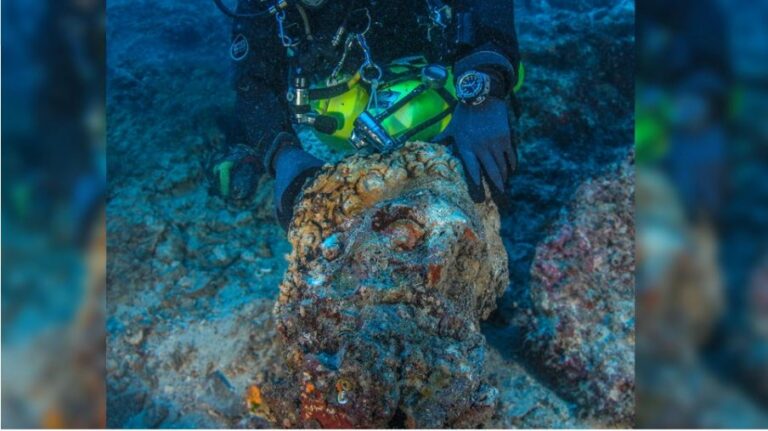A large bearded marble head of a male statue belonging to the statue of Hercules of Antikythera, housed in the National Archaeological Museum, is among the impressive new finds that came to light during an underwater archeological excavation at the Antikythera Shipwreck.
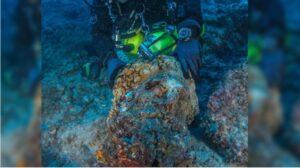
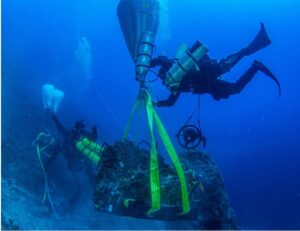
This is the second phase of the research being carried out by the Swiss Archaeological School in Greece on the impressive shipwreck dating from the 2nd quarter of the 1st century and in which the famous Antikythera Mechanism was discovered in the past, the ancient artifact, which functioned as an analog, mechanical computer, and an astronomical observation instrument.
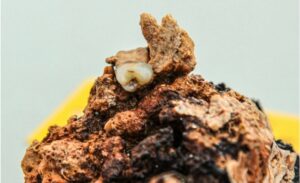
Moreover, the two human teeth that were found attached to a solid agglomerate with traces of copper are also of great interest. By analysing the genetic material, the experts will draw specific conclusions about the sex and age of the person to whom they belonged.
In addition, a marble base was found with a statue from which only the two bare lower male limbs survived. It is covered, however, in a thick layer of marine crust, so its characteristics are not obvious.
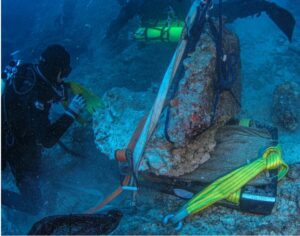
Underwater archeological excavations have also uncovered many objects from the ship’s equipment, including the lead anchor lead, iron and copper nails, and many more whose exact identities will be revealed after a special x-ray.
The Shipwreck of Antikythera was discovered in 1900 by a group of local sponge divers in the area. The sunken ship was a Roman vessel with a capacity of about 300 tons, a typical example of heavy sailing ships used during the 2nd-1st BC in trade between the Italian peninsula, mainly Greece and Asia Minor.
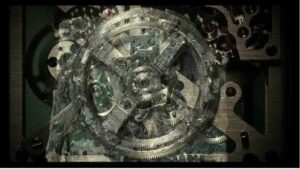
Ask me anything
Explore related questions
